Teaching Excellent Character Using Inspiring Poetry (“It Couldn’t be Done”)
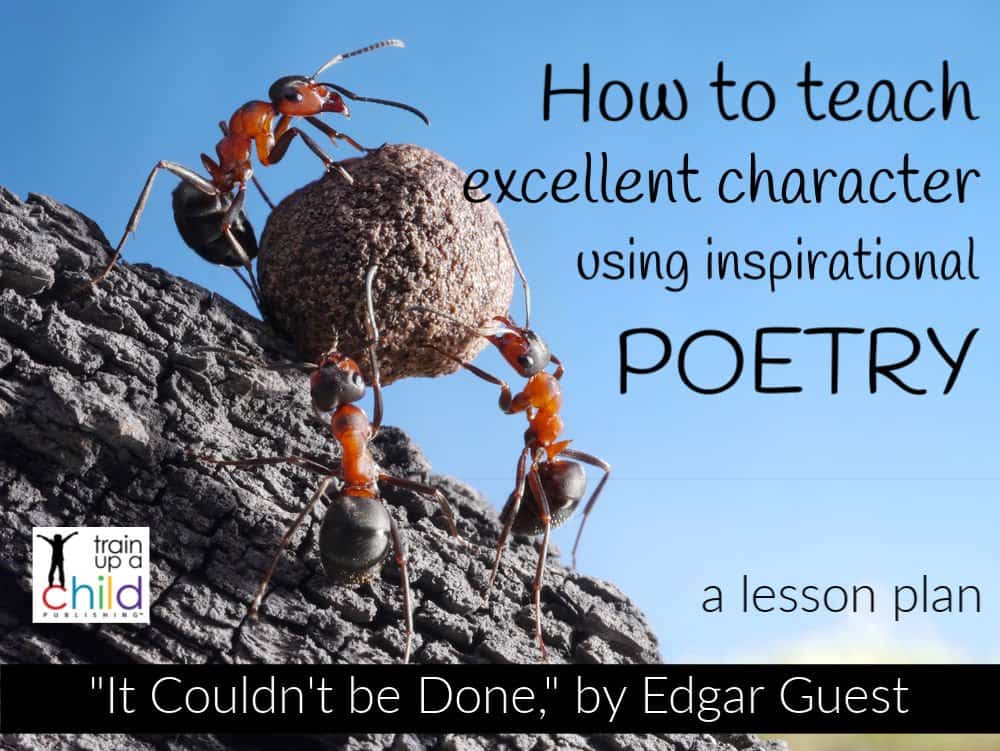
How do you teach children to tell the truth, treat people with respect, work hard, and not give up until the job is done? By teaching character using poetry.
And in this world, when we see these traits slipping farther and farther away, teaching your kids to have excellent character is crucial. Integral to bringing your homeschooling to life is teaching good character. Part of raising godly generations is teaching good character. So, how do we teach character using poetry?
Of course, you teach your children to have excellent character by reading Bible verses that talk about character. By discussing “what it looks like” when people demonstrate honesty, helpfulness, integrity, perseverance, and other positive character traits. You could also talk about the characters you’re reading about in your read-aloud times and whether they show good character or not.
And even more useful, I recommend taking one character trait a month, defining it, discussing it, and practicing it. And don’t forget to praise your children when they or their siblings are demonstrating the positive character train you are working on! If you want to give young children a visual reminder, reinforce positive character traits by awarding gold stars on a chart every time someone shows that trait.
But don’t we want to use everything we can to train our children to have good character? Of course, we do! So teaching character using poetry is one more tool in our homeschool mom’s arsenal!
So what does teaching character using poetry look like?
Keep reading to learn multiple ways of using poetry to teach our children good character. I’ve included ideas that will appeal to children with different gifts and talents. But all children retain information better by using as many senses as possible. It’s science!
So here’s one of my favorite examples of using inspirational poetry to teach excellent character. In this lesson, you’ll read the well-known poem; It Couldn’t Be Done, by Edgar Albert Guest.
Even your middle elementary students will appreciate and understand this simple poem as you discuss it, but don’t limit it just to that age group! It’s motivating for any age!
Teaching character using poetry
Start your lesson by silently reading through the poem below, then read it aloud once or twice. (Don’t skip the step of reading poetry aloud!)
It Couldn’t Be Done
by Edgar Guest
Somebody said that it couldn’t be done,
But he with a chuckle replied
That “maybe it couldn’t,” but he would be one
Who wouldn’t say so till he’d tried.
So he buckled right in with the trace of a grin
On his face. If he worried he hid it.
He started to sing as he tackled the thing
That couldn’t be done, and he did it.
Somebody scoffed: “Oh, you’ll never do that;
At least no one ever has done it”;
But he took off his coat and he took off his hat,
And the first thing we knew he’d begun it.
With a lift of his chin and a bit of a grin,
Without any doubting or quiddit,
He started to sing as he tackled the thing
That couldn’t be done, and he did it.
There are thousands to tell you it cannot be done,
There are thousands to prophesy failure;
There are thousands to point out to you one by one,
The dangers that wait to assail you.
But just buckle in with a bit of a grin,
Just take off your coat and go to it;
Just start in to sing as you tackle the thing
That “cannot be done,” and you’ll do it.
And here’s a video featuring It Couldn’t be Done.
Your auditory children will like listening to this, but make sure they still read the poem aloud themselves first.
And here’s one more version: a modern cartoon of It Couldn’t be Done.
Keep reading to get a blank cartoon template so your students who like to draw can create their own cartoon illustrating this poem!
 Another useful, inexpensive resource for teaching character using poetry.
Another useful, inexpensive resource for teaching character using poetry.
Background of the author – Edgar Albert Guest
After your students read a poem and discuss it, it’s often helpful to talk a little about its author. The author of this poem was Edgar Albert Guest (1881-1959). He was a naturalized American citizen born in Great Britain. He was a prolific poet and writer.
Though some poetry critics didn’t like him, his audience affectionately nicknamed Mr. Guest “The People’s Poet” because he wrote about common life and experiences people could relate to.
In fact, Mr. Guest was popular enough to be syndicated in over 300 newspapers! As well, he went on to have radio and television shows, too. Guest’s topics encouraged and inspired the people who read his work. Before he died, the state of Michigan honored him by naming Mr. Guest the state’s Poet Laureate.
Lesson plan ideas for “It Couldn’t be Done.”
Again, read the poem to yourself, then read the poem aloud once or twice more. Choose a few of these options for one or more lessons on the poem, depending upon the age of your student(s).
- Let your student know that after the reading, he will tell back what the poem said. (Give you an oral narration of the poem.) Then immediately after reading the poem, ask for the narration. If narration is new to you, read more about how to teach narration here.
- Ask your students to tell you what this poem means.
- Have your student write about what this poem means.
- Research the poet and write one to three paragraphs about his life. (See paragraph above for a summary.)
- What character qualities does the person in the poem demonstrate? (Answer– courageousness, diligence, industriousness, positive attitude/growth mindset)
- What specific words in the poem suggest these character qualities?
- Courageous, unafraid to try/growth mindset
- So he buckled right in with the trace of a grin
- If he worried, he hid it.
- With a lift of his chin
- Without any doubting
- Diligence, industriousness/growth mindset
- So he buckled right in
- he tackled the thing
- But he took off his coat, and he took off his hat,
And the first thing we knew, he’d begun it. - Just take off your coat and go to it
- he did it
- Positive attitude/growth mindset
- he, with a chuckle
- with the trace of a grin
On his face - He started to sing
- with a bit of a grin
- Just start in to sing as you tackle the thing
- Courageous, unafraid to try/growth mindset
- Have your students think about whether they approach a problem the way the person in the poem did.
- If they do, what do they do the same way as the person described in the poem?
- If they don’t, what do they do differently?
- Which way do they think would be most effective?
- Are there benefits in approaching your responsibilities or difficult problems like the person did in the poem? Why or why not?
- If you approach tasks with a good attitude and decide to get started right away, is it helpful when you have something hard to do? How does it help? What happens when you don’t decide to have a good attitude and delay the inevitable?
Further tips to extend this poetry lesson
- Have your student memorize the poem*. A middle-range elementary student on up can memorize this.
- First, view the cartoon version of this poem above. Then have your student create a cartoon version. Here are some free downloadable cartoon templates if you need them.
- Watch the video above. How many people can you recognize in it? How did their lives demonstrate the character qualities of this poem? (This is best for a high school student. Among the people in this poem–not in this order–are Thomas Edison, Henry Ford, Steve Jobs, George Washington Carver, and Albert Einstein.)
*Our homeschooling support group used to have monthly Presentation Days at a local church. Children of all ages had the opportunity to practice giving a speech, reciting a poem, playing the piano, singing, or just about anything else you could imagine. And then we all celebrated by having a picnic together at a park afterward. Besides giving children practice speaking in front of others, it was a fun bonding time for homeschool moms and kids alike. As well as a much-anticipated reward for our kids’ hard work.
In conclusion, teaching character using poetry is an excellent way for your kids to understand and learn positive character traits. And if you have your kids memorize some of the best poems, such as It Couldn’t Be Done, they’ll have these examples with them forever!
![]()
P.S. Do you think learning about this poem could encourage your children in the positive character traits it includes? If so, would you like to learn other ways to bring your kids’ education to life (without losing control of your home)? Get m checklist of my 10 Best Homeschooling Hacks by clicking the graphic below!
Related Posts that illustrate teaching kids character using poetry
Anne Bradstreet, America’s First Poet
Teaching character using poetry in Psalm 8
Charlotte Mason on teaching poetry

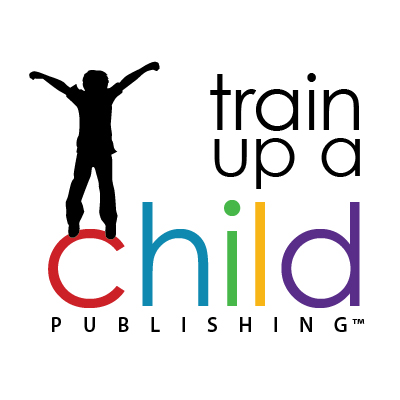
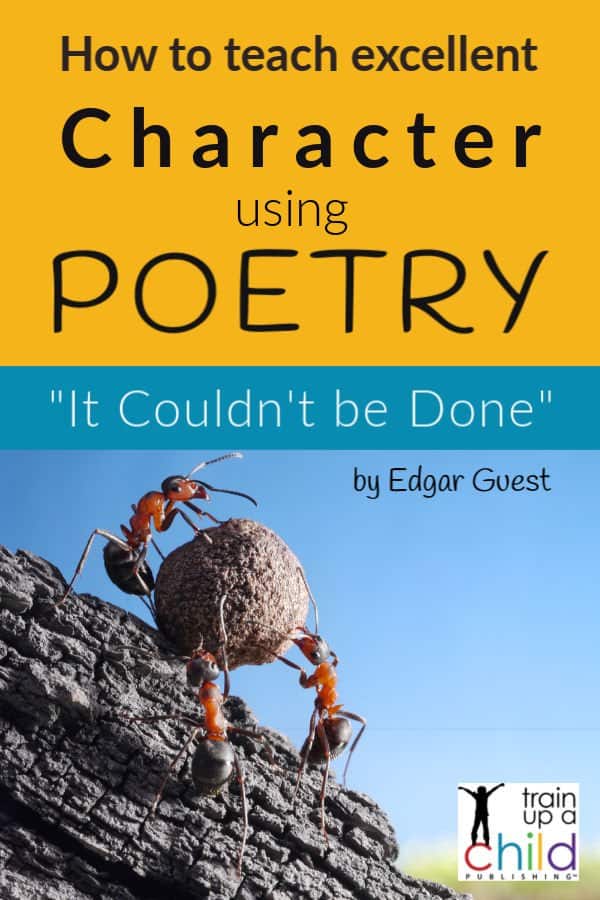
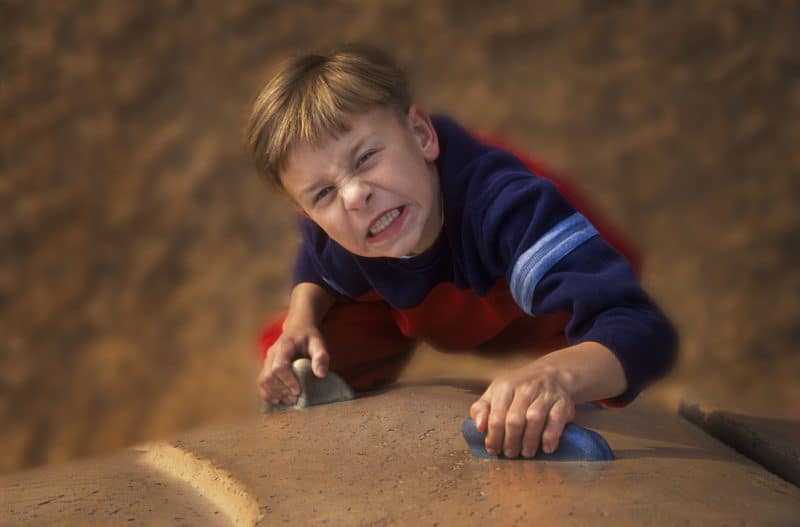

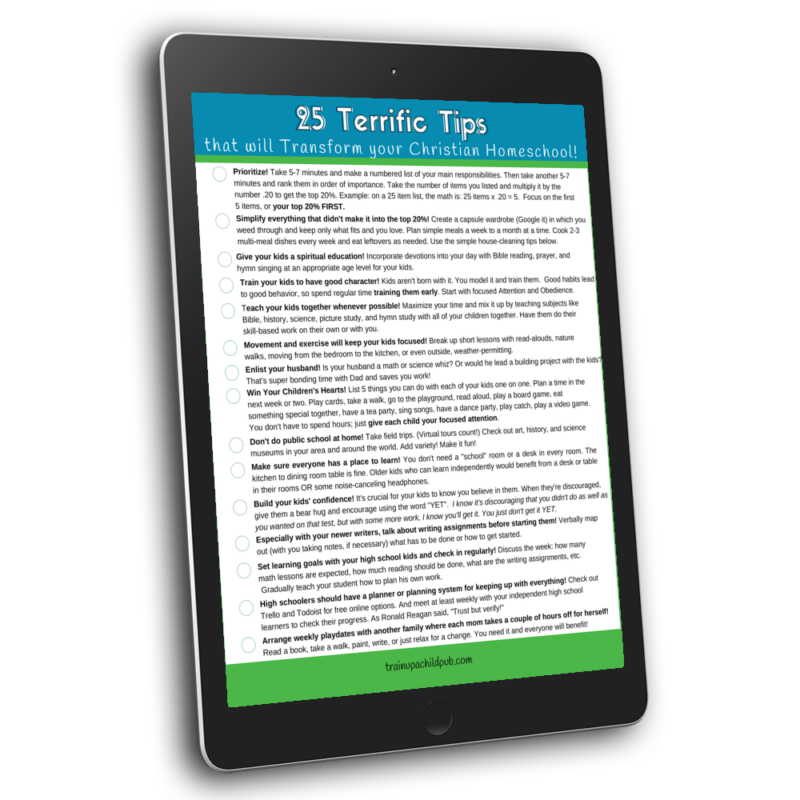
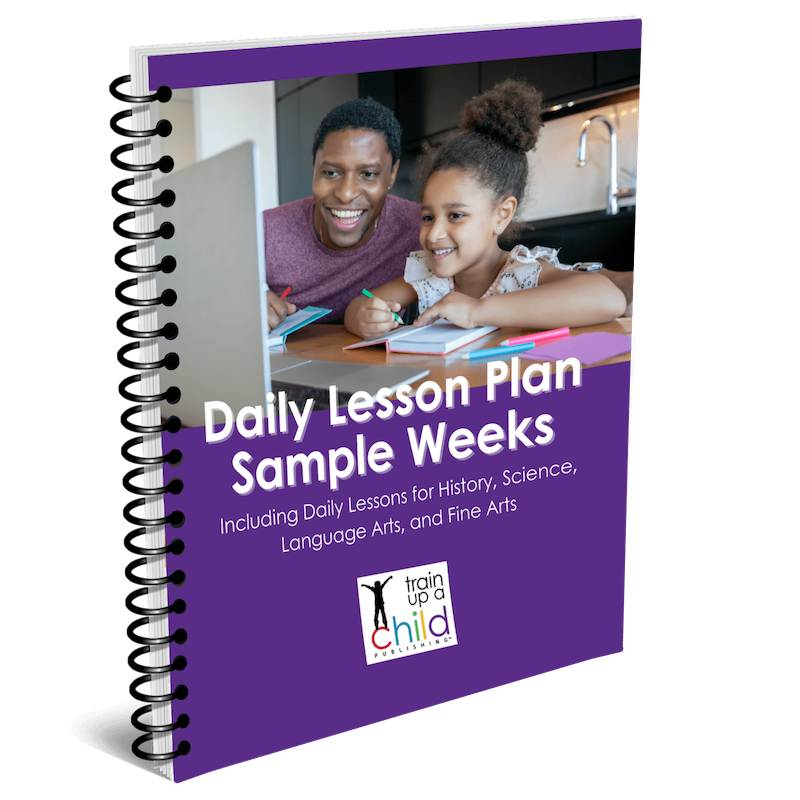
I have always liked “the People’s Poet” and I am happy to see you write about him, Dana. I think many students would get a kick out of this poem and it might encourage them to read more poetry. Great post!
Thank you! I’ve always enjoyed his work and this poem, so it was a pleasure to share it. Glad you enjoyed the post, Beth. Teaching character using poetry is something that homeschool moms sometimes miss, as you know. Thanks for taking the time to comment.